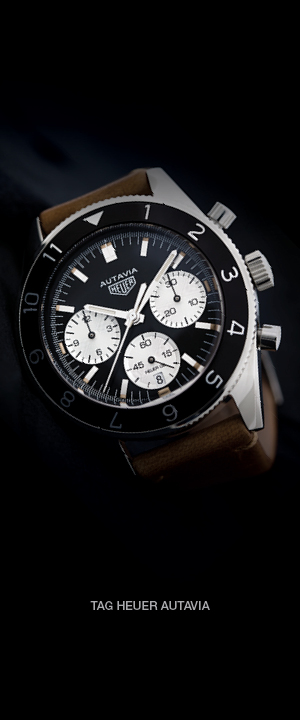The IWC Tribute to Pallweber Edition 150 Years is the brand’s first digital jumping hour watch.
IWC holds its Pallweber pocket watches, first released in 1884, in such high regard that it lists them alongside the Portugieser and Aquatimer as the watches that helped shape the company.
The watchmaker from Schaffhausen has even opted to honour the digital jumping hour watches as part of the brand’s 150th Anniversary celebrations in 2018, although this time as a wristwatch.
In June 1884 IWC’s second owner, Johann Rauschenbach-Schenk, signed a deal with Salzburg watchmaker, Josef Pallweber, to secure the rights to his Pallweber digital jumping hour mechanism, which displayed the hours and minutes as numerals within apertures rather than using hands and dials.

The resulting Pallweber pocket watch became IWC’s first watch with a ‘digital’ display but the energy required for toothed cogs to advance the numeral discs – especially the single minute disc which advanced once every 60 seconds – meant power reserve was limited. Over the next six years, the International Watch Company produced around 20,000 examples of the design before ceasing production.
As a centrepiece to the brand’s 150th Anniversary Jubilee Collection, IWC has recreated the historic design as the IWC Tribute to Pallweber Edition 150 Years. Presented in a 45mm 18ct red gold case with substantial wire lugs and a flattened onion crown, the modern Pallweber translates the original design faithfully rather than directly, with two concentric black circles linking the hour numeral window and the small seconds upon its spartan white lacquer dial.

However some of the PT Barnum-esque pomp often found in 19th Century design has, inevitably, been swept away in favour of 21st century simplicity and, no doubt, commercial realities. The windows around the numerals themselves do away with the multiple steps of the original guichets but do feature the same steep, sloping sides, while the small seconds dial has also been stripped of superfluous numerals and details.
This taming continues with the lettering on the dial. The original typeface – a mix of black script and serif-heavy gold capitals – has been abandoned in favour of a slightly incongruous art deco font that would look more comfortable on the cover of The Great Gatsby than a watch that was no doubt originally sold as ‘a miracle of the modern age’.

IWC has put a good deal of thought into the hand wound 28,800vph 94200 calibre at the heart of this 250-piece limited run, its watchmakers have developed a separate wheel train with its own barrel to power the advancement of the jumping numerals, a clever locking mechanism connects to the watch’s main wheel train once every 60 seconds and then locks it again. The 10-minute wheel is then advanced by the single-minute wheel and the hour wheel advanced by the 10-minute wheel. As such the modern system functions for 60 hours between winds. IWC is awaiting a patent on this development.
This is not the first time IWC has successfully reimagined an important chapter in its back catalogue for an anniversary; two years ago when the brand celebrated 75 years of its Portugieser line it produced another wonderfully stripped-back recreation in the Portugieser Eight Days Edition 75th Anniversary.
This article was first published on Salon QP
Here's how Audemars Piguet has created the thinnest self-winding perpetual calendar ever.


Discussion